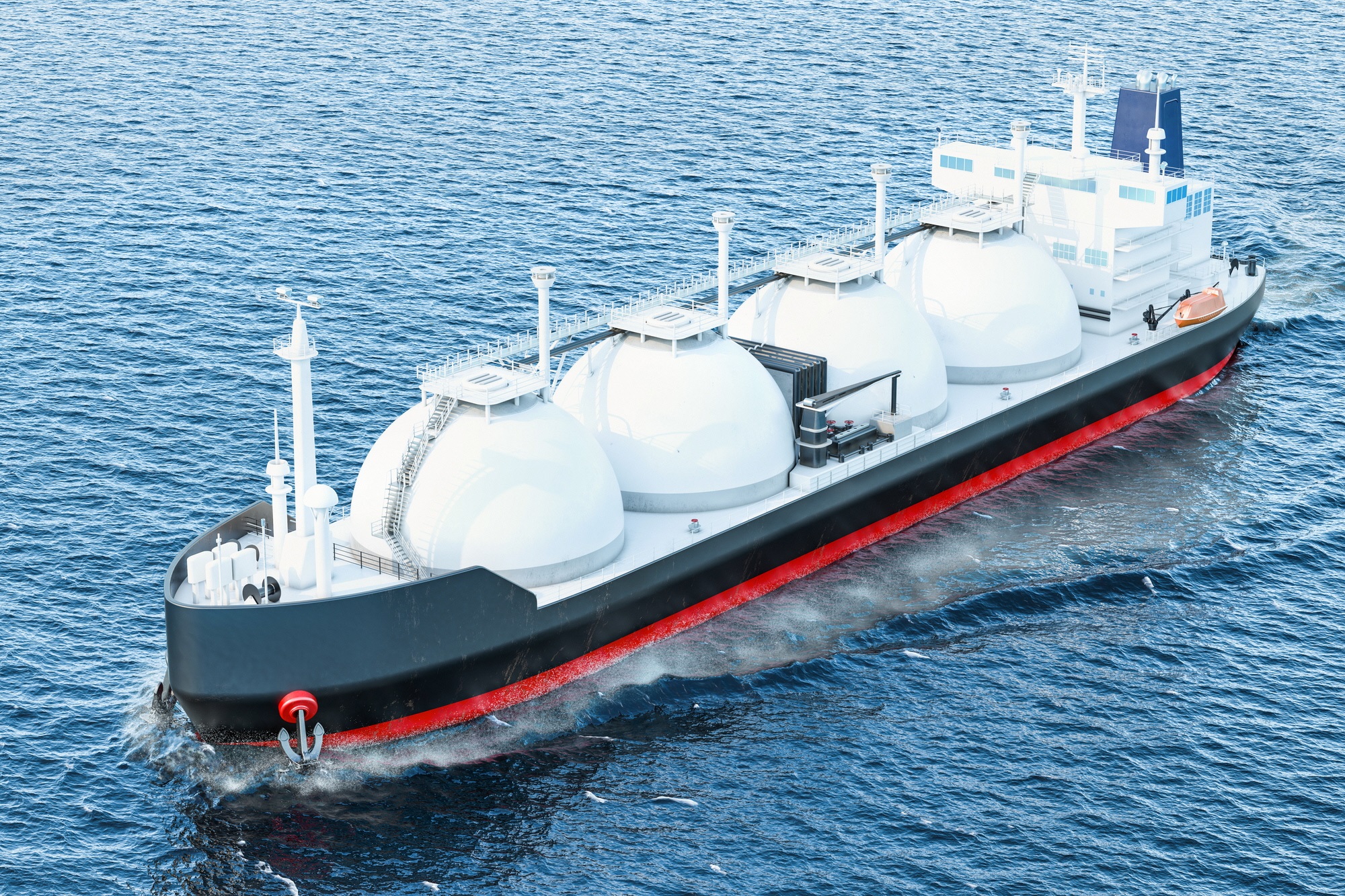TOCOM Energy
European diesel market at the center of Red Sea turmoil
Recent crude oil market was characterized by an exacerbated market volatility with oil prices. The recent red sea turmoil, which is part of the spillover effect of the Israel–Hamas war, has upended seaborne oil trade through the strategic waterway and sent ripples through the global maritime industry. This week’s video does not aim to analyze how middle east geopolitics evolve over time, but to provide some basic market background and explain the impact of red sea turmoil on global oil market.
The strategic importance of the Red Sea has gone up since Russian oil ban
The Red Sea is a critical maritime corridor, connecting the Mediterranean Sea to the Indian Ocean via the Suez Canal, creating the shortest shipping route between Europe and Asia.
Sanctions on Russia’s oil beginning in early 2022 has shifted global oil trade patterns and boosted the importance of flows via the Red Sea. As much as 8.2 million barrels per day of crude oil and oil products traversed the Red Sea in the January-November period of last year, according to analytics firm Vortexa. That is up from up from 6.60 million bpd throughout 2022. Of this 8.2mbd, 2.9mbd is traveling northbound, 3.9mbd is southbound, with the remainder as imports/exports contained within the Red Sea region. Northbound oil shipments via the Suez Canal are mostly directed to Europe, southbound flows are primarily Russian oil exports to China and India following the EU sanctions on Russian oil imports.
A prolonged disruption to shipping in the Red Sea could keep upward pressure on freight rates
After a series of attacks on shipping routes in the Red Sea over the past two months, the response from most of the major shipping carriers who have their fleet transiting the strait has been to divert around the Cape of Good Hope. The diversion adds between 20-45 days to a journey depending on the ship’s origin and its destination. There is also a significant increase of bunker fuel consumed. This does not factor the commercial loss of the additional time that is taken for the voyage, which in turn locks up the ships for a longer period thereby reducing the available tonnage to the market. If oil tankers are to continue doing the voyages round the cape due to a prolonged disruption to shipping in the Red Sea, oil tanker freight rate could face upward pressure.
Oil flows change as shippers avoid red sea route
The situation in the Red Sea continues to hold significant sway over arbitrage flows, Europe is again at the center of the shock because of its increasing reliance on seaborne oil product especially gasoil and diesel from outside the region.
In January, surging freight rate has closed arbitrage opportunities for Europe-bound route gasoil cargoes from East of Suez in the short term, while a pivot to US imports has helped Europe compensate for a decline in East of Suez inflows, analysts have warned that Europe’s tightness in supplies should be felt through the latter half of February and last into March, when falling import volumes together with a peak refinery maintenance leaves exposed a market already low on inventories. This expectation has translated into substantial increases in European diesel cracks and a deeper backwardation structure of European gasoil futures curve since the onset of the year.
Looking ahead, it’s likely the market will once again be able to adjust fairly rapidly at the expense of higher freight rate, this will be reflected in higher west-east gasoil/diesel price spread. With still ample supply from the east and Europe winter demand eases, global diesel crack spread is expected to weaken towards Q2.






